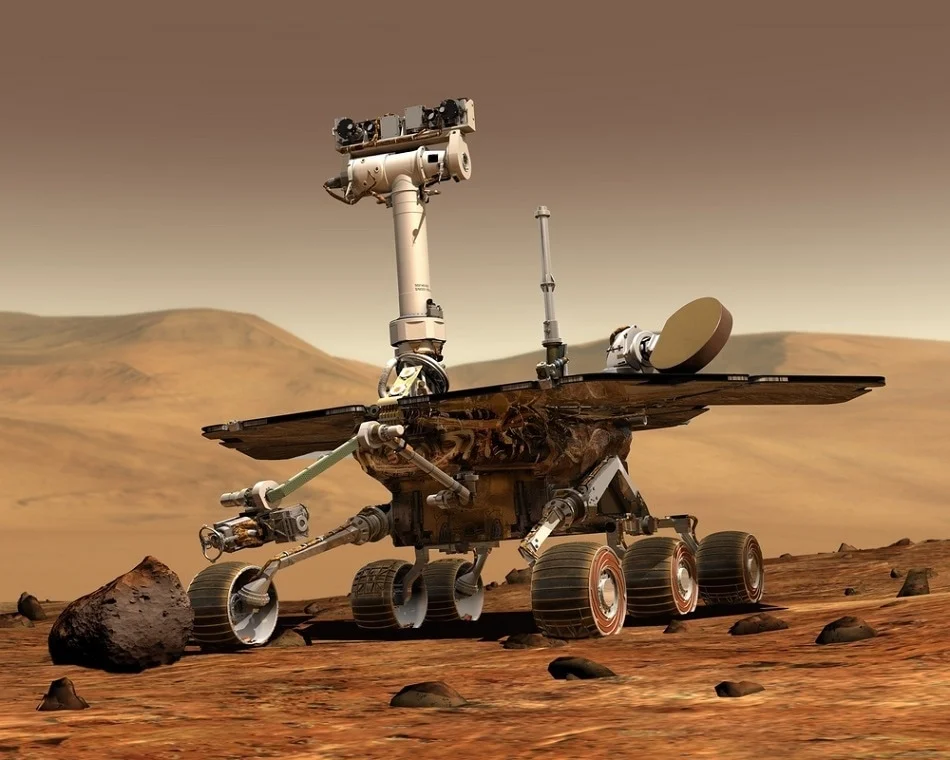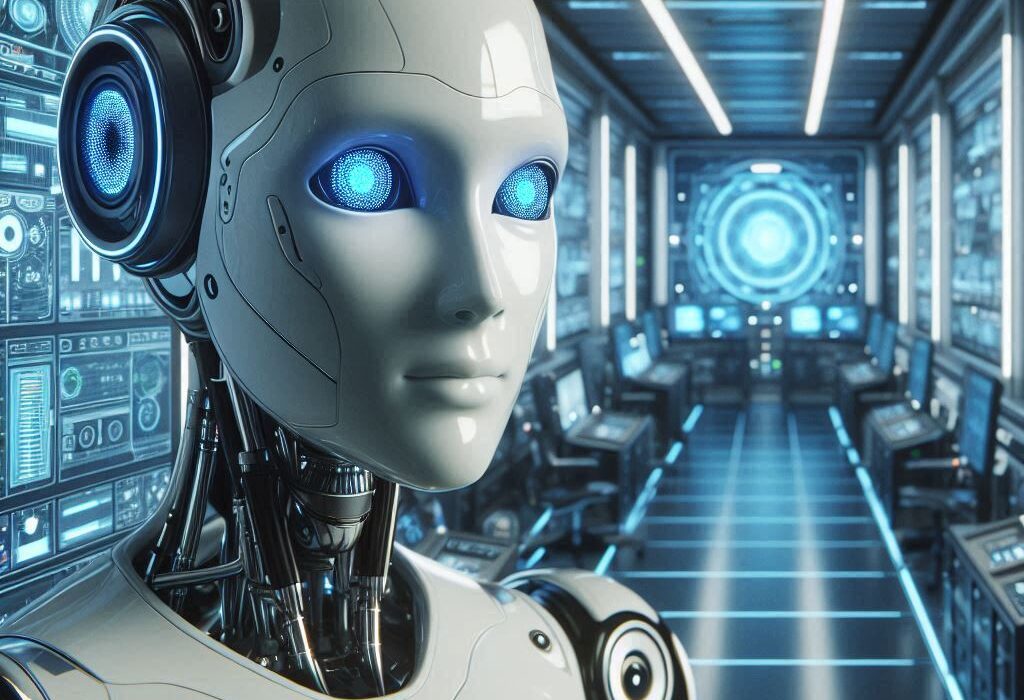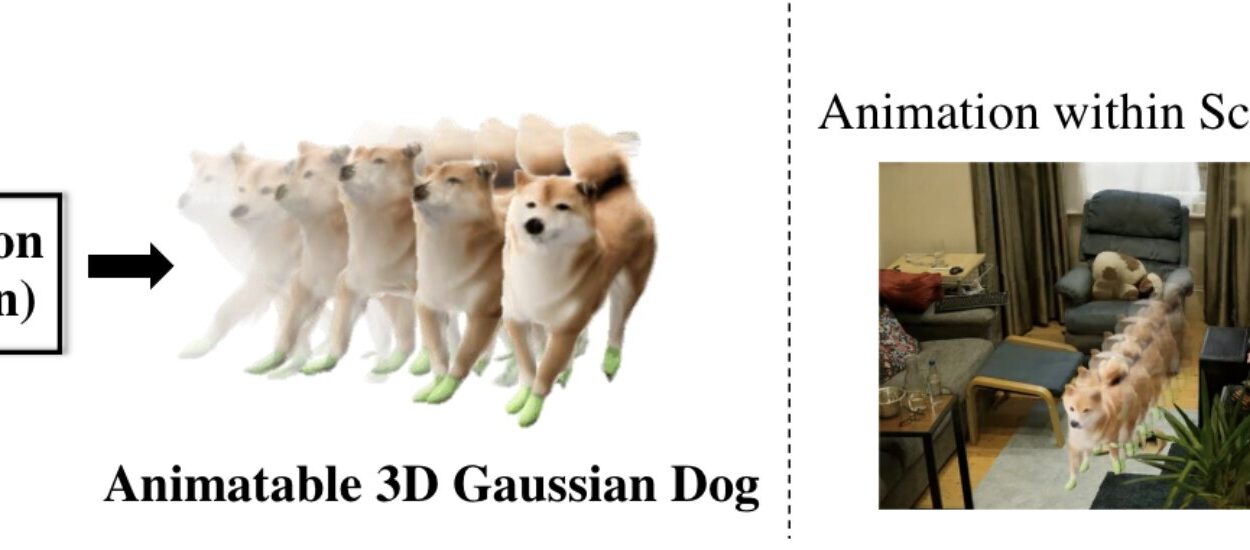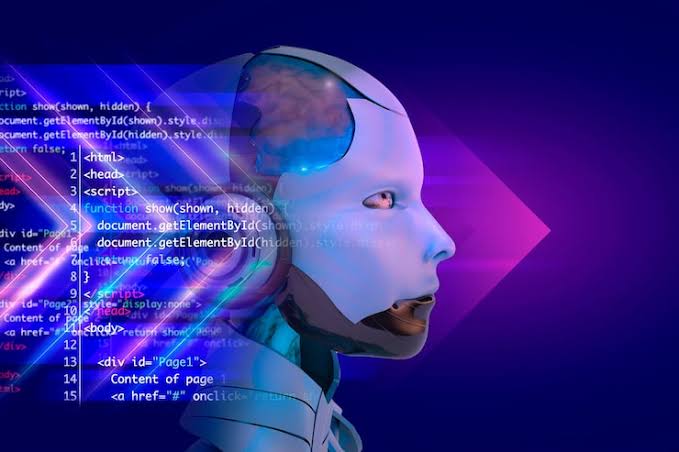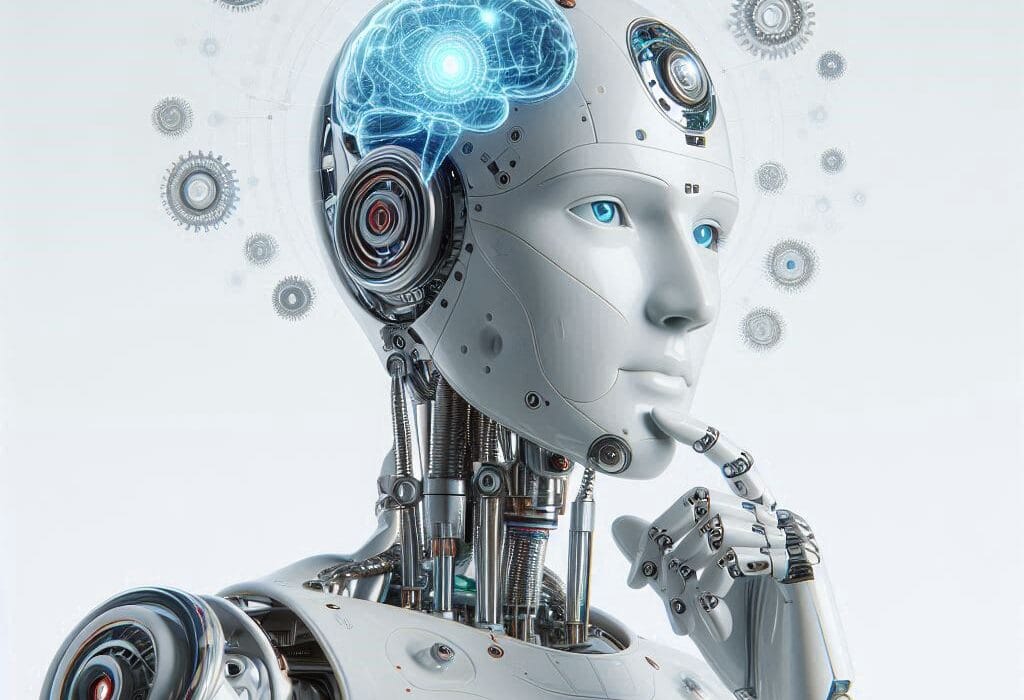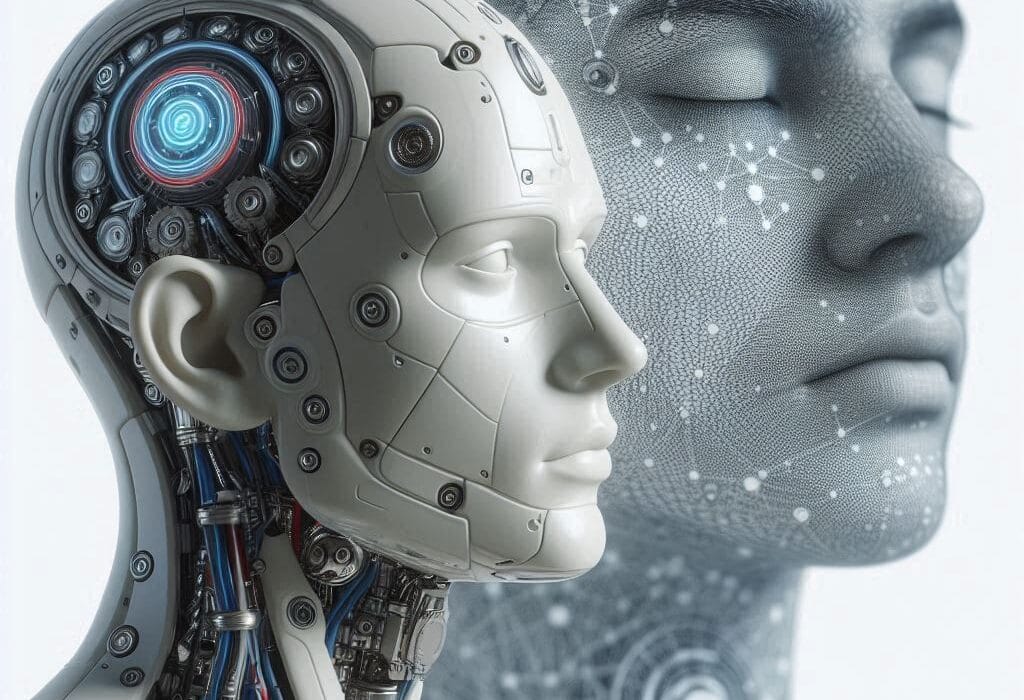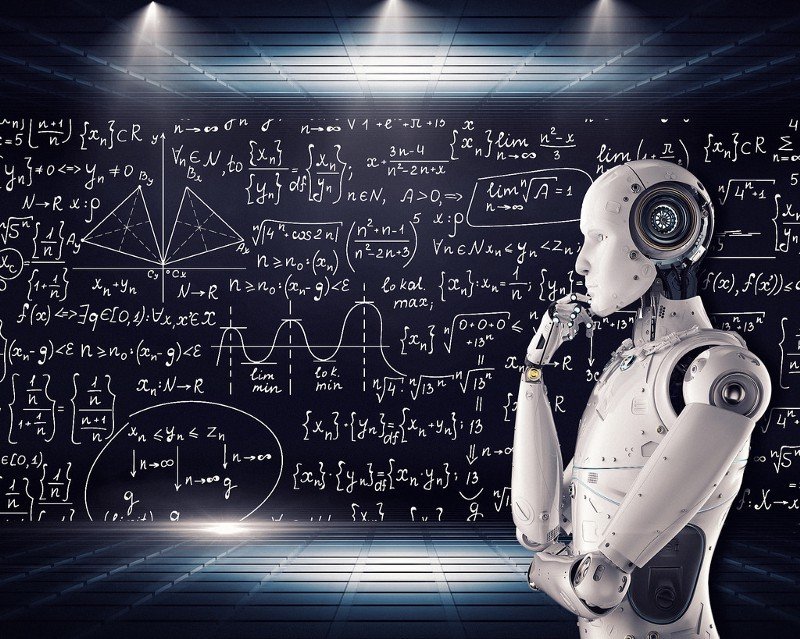Once upon a time, the idea of sending robots to space was pure science fiction. The pioneers of the space age—brave human astronauts in pressure suits—captured the imagination of the world. But as our ambitions grew and the distances we dreamed of traveling expanded beyond the Moon, it became clear that humanity would need help. Not just any help, but tireless, fearless, adaptable helpers that never sleep, never complain, and can thrive where humans cannot. Thus began the rise of robotics in space exploration.
Robots are now at the forefront of our cosmic journey. From rovers crawling across Martian deserts to robotic arms servicing spacecraft, from autonomous satellites mapping the universe to intelligent probes diving into distant atmospheres, robotics has become the backbone of modern space exploration. These mechanical explorers serve as our eyes, ears, and hands in environments far too hostile or distant for human presence.
As we push further into the final frontier, it’s becoming increasingly clear: the future of space exploration is robotic.
Why Robots Go Where Humans Can’t
Space is not just the “final frontier”; it is the ultimate hazard zone. Outside Earth’s protective atmosphere, temperatures can plummet hundreds of degrees below zero or rise to blistering highs. Radiation from the sun and cosmic rays bombards everything. There’s no oxygen, no pressure, no margin for error. Under such conditions, robots thrive.
Unlike humans, robots don’t need food, water, sleep, or oxygen. They don’t suffer from boredom, panic, or fear. They can be designed to withstand radiation, temperature extremes, and the vacuum of space. They can work continuously for years with minimal maintenance. They don’t require elaborate life-support systems, significantly reducing the cost and complexity of missions.
Take Mars, for example. It takes at least six months to get there, with communication delays of up to 20 minutes. A human mission to the Red Planet would require an entire ecosystem: air, water, food, shelter, radiation shielding, emergency plans. But a robot like NASA’s Perseverance rover? It was launched, landed, and has been operating for years with no need for life support, never complaining about the cold Martian night.
That’s not to say humans don’t have a role—but robots are our vanguard. They go first. They scout the terrain, analyze samples, build infrastructure, and pave the way for eventual human arrival. They are explorers, surveyors, scientists, and laborers rolled into one.
A History of Mechanical Explorers
The story of robotics in space began humbly but has accelerated at warp speed. The Soviet Union’s Luna 2 was the first human-made object to reach the Moon, crashing into it in 1959. Just a few years later, in 1966, Luna 9 made the first successful soft landing and transmitted images back to Earth. These were crude machines by today’s standards, but they opened the door to robot-based exploration.
In the 1970s, the United States launched the Viking landers to Mars. These robotic laboratories analyzed soil for signs of life and sent back stunning images of the Martian surface. In the 1980s and ’90s, robotic spacecraft like Voyager 1 and 2 made epic journeys past the gas giants, sending home breathtaking photos of Jupiter’s Great Red Spot, Saturn’s rings, Uranus’s moons, and Neptune’s swirling storms. To this day, Voyager 1 continues to communicate with Earth, now in interstellar space.
The 1997 landing of Mars Pathfinder and its tiny rover Sojourner marked a new era. This six-wheeled robot was the first mobile explorer on another planet, showing that movement across alien terrain was possible. Since then, each new mission has become more sophisticated: Spirit and Opportunity (2004), Curiosity (2012), Perseverance (2021)—each bringing more intelligence, autonomy, and scientific capability.
Meanwhile, robotic arms have become essential on the International Space Station (ISS). Canada’s famous Canadarm2 maneuvers payloads, captures incoming spacecraft, and even assists with astronaut spacewalks. Robotic spacecraft like OSIRIS-REx have traveled to asteroids, collected samples, and begun the long journey back to Earth.
These mechanical pioneers are not just machines—they are ambassadors of human curiosity.
The Martian Chronicles—Rovers that Rewrite History
Few robotic missions have captured the world’s attention like the rovers that roam the Martian surface. Each one has brought new surprises, new data, and new reasons to dream.
Spirit and Opportunity were expected to last 90 days. Instead, they went on for years—Spirit for six, Opportunity for nearly fifteen. They climbed hills, traversed craters, and discovered evidence that water once flowed on Mars.
Curiosity, launched in 2012, was the first rover equipped with a full science laboratory on wheels. It drilled into rocks, vaporized samples with lasers, and confirmed that Mars once had the conditions necessary for microbial life. Its sky-crane landing system was an engineering marvel, and its data has been used in hundreds of scientific papers.
Then came Perseverance. Bigger, smarter, and more autonomous than any rover before it, Perseverance is not just studying Mars—it’s preparing for the future. It carries the Ingenuity helicopter, a small rotorcraft that achieved the first powered flight on another planet. It’s collecting samples that will eventually be returned to Earth. And it’s testing new technologies, like systems to generate oxygen from Martian air.
These robots don’t just explore—they evolve. Each one builds on the success of the last, teaching us more about Mars and preparing for the day when human boots will join robot wheels on that red soil.
Robotic Arms and Eyes in Orbit
While rovers explore distant planets, robotic systems are also essential in Earth’s orbit. The International Space Station, a marvel of multinational cooperation, depends on robots every day.
Canadarm2 is a multi-jointed robotic arm that captures cargo ships, moves equipment, and even assists astronauts on spacewalks. Its nimble fingers and precise movements have made it indispensable.
Dextre, a smaller robot known as the “Canada Hand,” can perform delicate repairs, swap out batteries and modules, and reduce the need for risky human spacewalks. These systems save time, reduce danger, and free up astronauts for other critical tasks.
Satellites, too, are becoming more robotic. In-orbit servicing, once a dream, is now a reality. Robotic spacecraft can refuel satellites, repair them, or extend their missions. The Restore-L mission, led by NASA, plans to use robotics to refuel Landsat 7, a weather-monitoring satellite, in orbit—an operation never before performed.
Such capabilities will be vital as space becomes more crowded and missions more ambitious. With robotic maintenance, satellites can have longer, more productive lives—reducing space debris and saving billions of dollars.
Robotics on the Moon—Past and Future
While Mars gets much of the glory, our robotic journey began with the Moon. And now, as interest in lunar exploration surges once again, robots are leading the way back.
China’s Chang’e program has demonstrated remarkable robotic achievements. Chang’e 3 deployed a lander and rover. Chang’e 4 made the first soft landing on the far side of the Moon. Chang’e 5 successfully collected samples and returned them to Earth in 2020—an incredible robotic feat not seen since the 1970s.
NASA’s Artemis program aims to return humans to the Moon, but it’s robotic missions that will lead the way. The Volatiles Investigating Polar Exploration Rover (VIPER) will search for ice in permanently shadowed regions—potential sources of water for future astronauts. Other robotic landers, like those from private companies under NASA’s Commercial Lunar Payload Services (CLPS) initiative, will test technologies, scout locations, and deliver instruments.
Robots will not just explore the Moon; they’ll help build on it. Lunar robots may one day construct habitats, mine resources, and maintain infrastructure. The Moon will become a proving ground for the robotic workforce of the future.
AI and Autonomy—Smarter Robots for Smarter Missions
As missions move further from Earth, autonomy becomes essential. A robot on the Moon can be remotely controlled. A robot on Mars must wait 20 minutes for a command to arrive. A robot in the outer solar system must operate almost entirely on its own.
Modern space robots are increasingly equipped with artificial intelligence. They can avoid obstacles, analyze data in real time, and prioritize scientific targets. They make decisions, adjust to unexpected problems, and continue working even when contact is lost.
Perseverance uses advanced AI to drive autonomously over rugged terrain, choosing paths more quickly and safely than its predecessors. Ingenuity uses computer vision to stabilize flight, compensating for winds and changes in terrain.
Future robots may be fully intelligent partners. Picture a robotic assistant on a Mars base, diagnosing equipment problems, suggesting scientific experiments, or helping astronauts suit up for a spacewalk. These are not far-fetched dreams—they are active research areas.
AI will allow spacecraft to navigate by starlight, detect anomalies, even adapt to changing goals. As we explore farther, smarter machines will be our companions.
Beyond the Solar System—Robotic Voyagers Into the Void
Human travel beyond Mars remains a distant goal, but robots are already crossing the solar system—and beyond.
Voyager 1 and 2 are humanity’s ambassadors to the stars. Launched in 1977, they explored the outer planets before continuing into interstellar space. Voyager 1, now more than 14 billion miles from Earth, continues to send back data—a robotic whisper from the edge of the solar system.
New missions like the James Webb Space Telescope (JWST) are pushing robotic exploration into deep space. Though not mobile, JWST is an incredible robotic observatory, unfolding itself in orbit and peering billions of years into the past.
In the future, missions like the Interstellar Probe, Breakthrough Starshot, or even a robotic journey to Proxima Centauri may extend humanity’s reach even further. These missions would rely entirely on robotics—miniaturized, autonomous, and potentially powered by lasers or nuclear engines.
Our destiny among the stars will begin not with starships, but with smart, self-reliant robots leading the way.
Building a Robotic Infrastructure in Space
The next revolution in robotics will not just be about exploration—it will be about construction.
Imagine robots assembling telescopes in orbit, building solar power stations, constructing habitats on the Moon, or mining asteroids. These tasks are beyond the reach of human crews—for now. But robots are already learning how to build in space.
NASA and partners have tested robotic 3D printing in microgravity, laying the groundwork for manufacturing components off-Earth. Robotic systems could print structures on the Moon using regolith—lunar soil—as raw material. Giant rovers may one day pave landing pads, build shelters, or deploy solar farms.
Such infrastructure is essential for sustainable space exploration. Robots can work while humans sleep. They can pre-build habitats, produce fuel from local resources, and create radiation shields—all before the first astronaut sets foot.
The future of space is not just visited by robots—it will be built by them.
Conclusion: A Partnership for the Stars
Robotics has transformed space exploration from a dangerous, limited endeavor into a vast, dynamic enterprise. Robots have become our scouts, our scientists, our builders, and our sentinels. They extend our senses, test our theories, and carry our dreams into places we have not yet dared to go.
But this is not a story of replacement—it is a story of partnership. Humans and robots will explore space together. Robots will prepare the way, support the mission, and take on the risks, while humans bring creativity, judgment, and the spirit of discovery.
In the decades to come, as we send missions to Mars, asteroids, and beyond, robots will continue to lead. They will climb icy cliffs on Europa, swim in Titan’s methane lakes, fly through Venus’s clouds, and tunnel into the crust of Enceladus. They will mine, build, observe, and protect.
And one day, when humans walk on Mars, settle on the Moon, or voyage to the stars, they will not do it alone. They will do it hand in hand with the machines that first blazed the trail.
In that future, robotics will not be a supporting player—it will be a co-star in the greatest adventure humanity has ever known.
